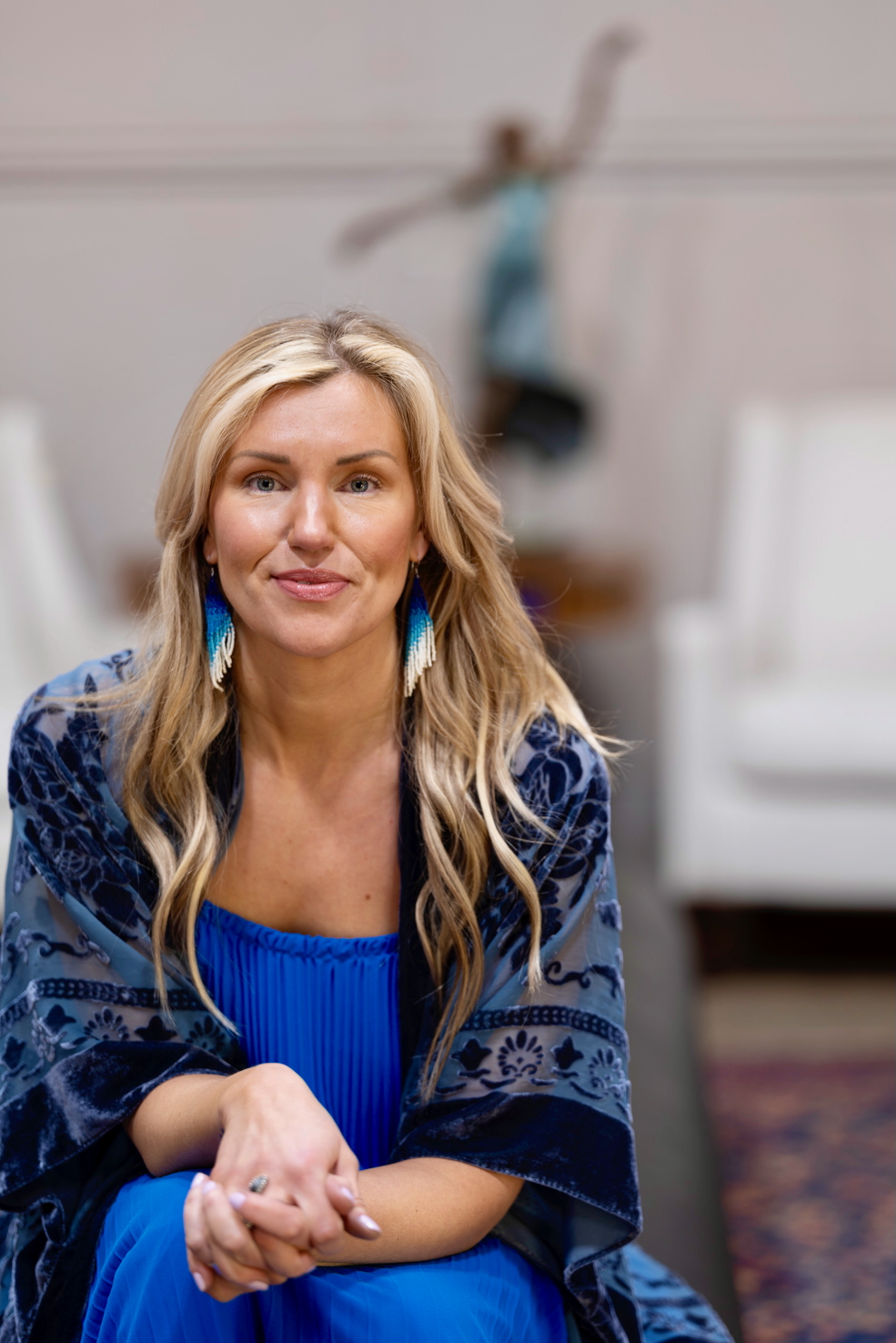We caught up with the brilliant and insightful Ruut DeMeo a few weeks ago and have shared our conversation below.
Ruut, thanks for taking the time to share your stories with us today We’d love to hear the backstory behind a risk you’ve taken – whether big or small, walk us through what it was like and how it ultimately turned out.
Just six months ago, I quit my job to start a nonprofit organization. I didn’t know how it would pan out, only that I had a burning (and big) vision to champion women artists like myself, that just wouldn’t leave me alone.
I’d been working in education for some time, teaching in classrooms, writing curriculum, and working in instructional design. All those years, I’d avoided my true self: the songwriter, the writer. There were stories burning inside my chest. Songs waiting to be written. But I’d somehow convinced myself that the path of the artist was too difficult and full of drama. I hadn’t “fit in” at my kids’ school PTA meetings, with the other parents who had “normal jobs.” So, I’d neglected my artistry, and justified that decision because of the good money I was making.
Then… I hit a wall. I lost a dear friend, my mentor and champion, a rebellious artist in her own right, to brain cancer. The reality of life’s fragility, of our days being so numbered, of our art missing from the world, slowly ate at me. And my “regular job” became unbearable. I started sneaking into my home studio to work on a new album in between meetings of my remote job. I started re-working my novel, falling in love again with its brave premise, that had enticed me to start writing it in the first place.
And then, I had the realization that I couldn’t possibly be the only woman who’d made such compromises, and almost lost themselves into a fake existence. As soon as I started talking about it, and posting some videos about my struggle online, I knew I wasn’t alone. Women responded. “This is so me!” “Thank you, Ruut. I needed to hear this!”
I put a date on my calendar for when I’d quit my job and start my nonprofit supporting women creators. The countdown became unbearable, because I knew freedom was just on the other side. I had no idea how things would work out. Would I be able to make a living? Would people end up caring about the mission I felt burning in my chest? But that’s the thing about risks. I had to take this risk, in order to survive. To be truly myself.
It’s been 6 months. And I know I’m in the middle of my life’s work. I’ve found it. I’m also making music and writing, I have time for it again! And I’m helping other women reclaim their creative identities. The risk factor doesn’t go away, but the vision grows. And I grow with it to become the person I was truly meant to be. Taking that risk was key to unlocking this part of myself.
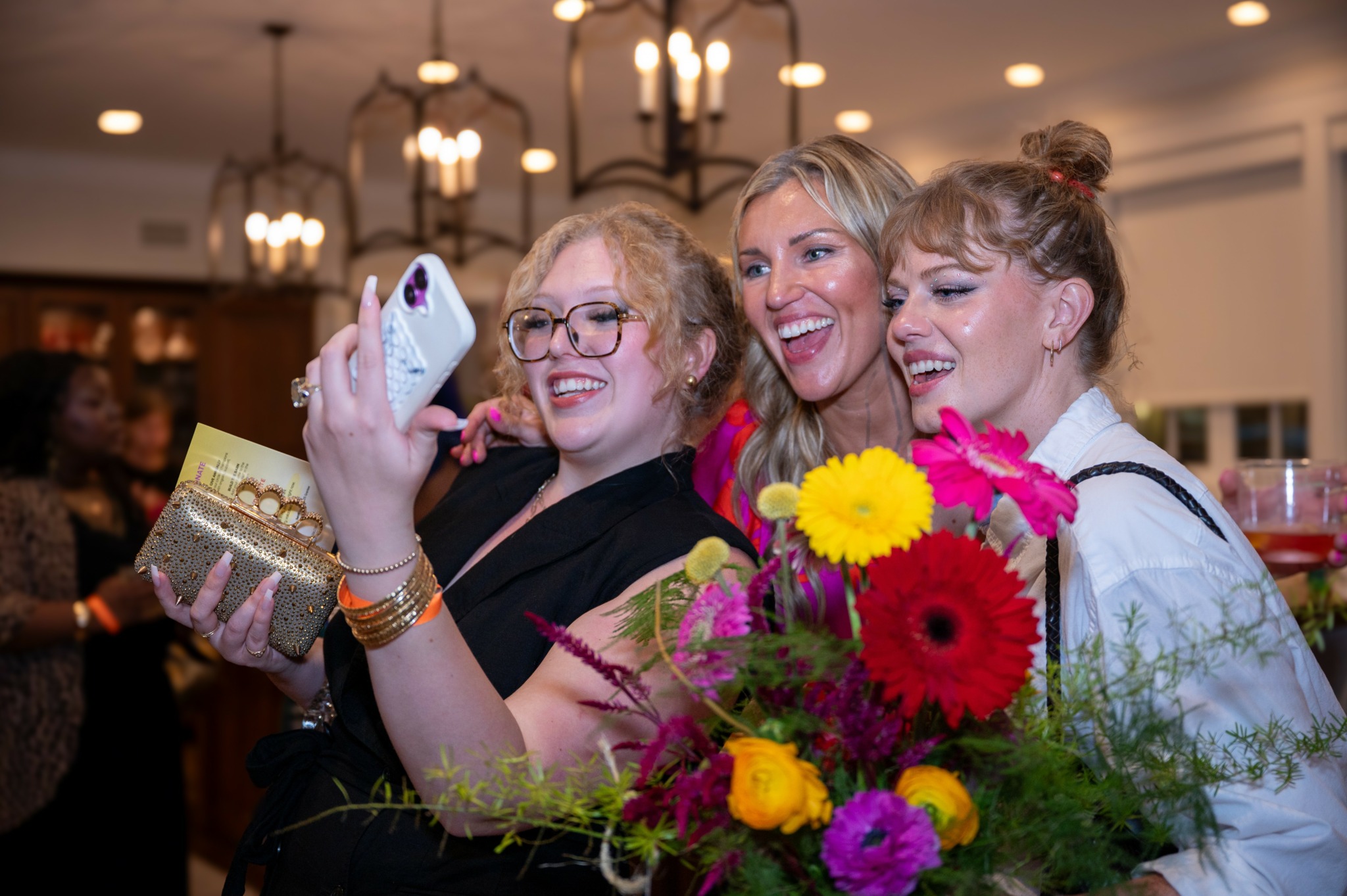
Great, appreciate you sharing that with us. Before we ask you to share more of your insights, can you take a moment to introduce yourself and how you got to where you are today to our readers.
I am a Finnish-American singer songwriter, novelist, and educator with over 20 years of experience in the arts. Called Baltimore’s “piano girl” along the way, I’ve released independent albums, performed with a range of musicians, and had my songs placed in film and television.
I was born in Finland and started writing music as a child while traveling in Eastern Europe with my mother. Although my family has a strong artistic tradition, much of my work has come through self-teaching and collaboration due to my upbringing.
In addition to my creative projects, I’ve worked as a public school teacher, university lecturer, and instructional designer. I hold an MFA from Antioch University and continue to balance writing, teaching, and community work. I’ve been writing a novel inspired by the Finnish myth, The Kalevala, and often share my poetry at concerts and gatherings.
Through my nonprofit, Making Her Mark, I work to create opportunities for women whose voices in the arts might otherwise go unheard. Based in Baltimore but serving women across the country, we offer grants, mentorship, and gatherings to build community and demonstrate what it looks like when women champion other women. I’ve seen in my own life, that creativity is not a luxury, it’s a lifeline.
Our organization stands behind the belief that women’s creativity is not “cute.” It’s catalytic. When a woman rises with confidence and honors her artistry, she positively impacts everyone around her, changing the very infrastructure of communities.
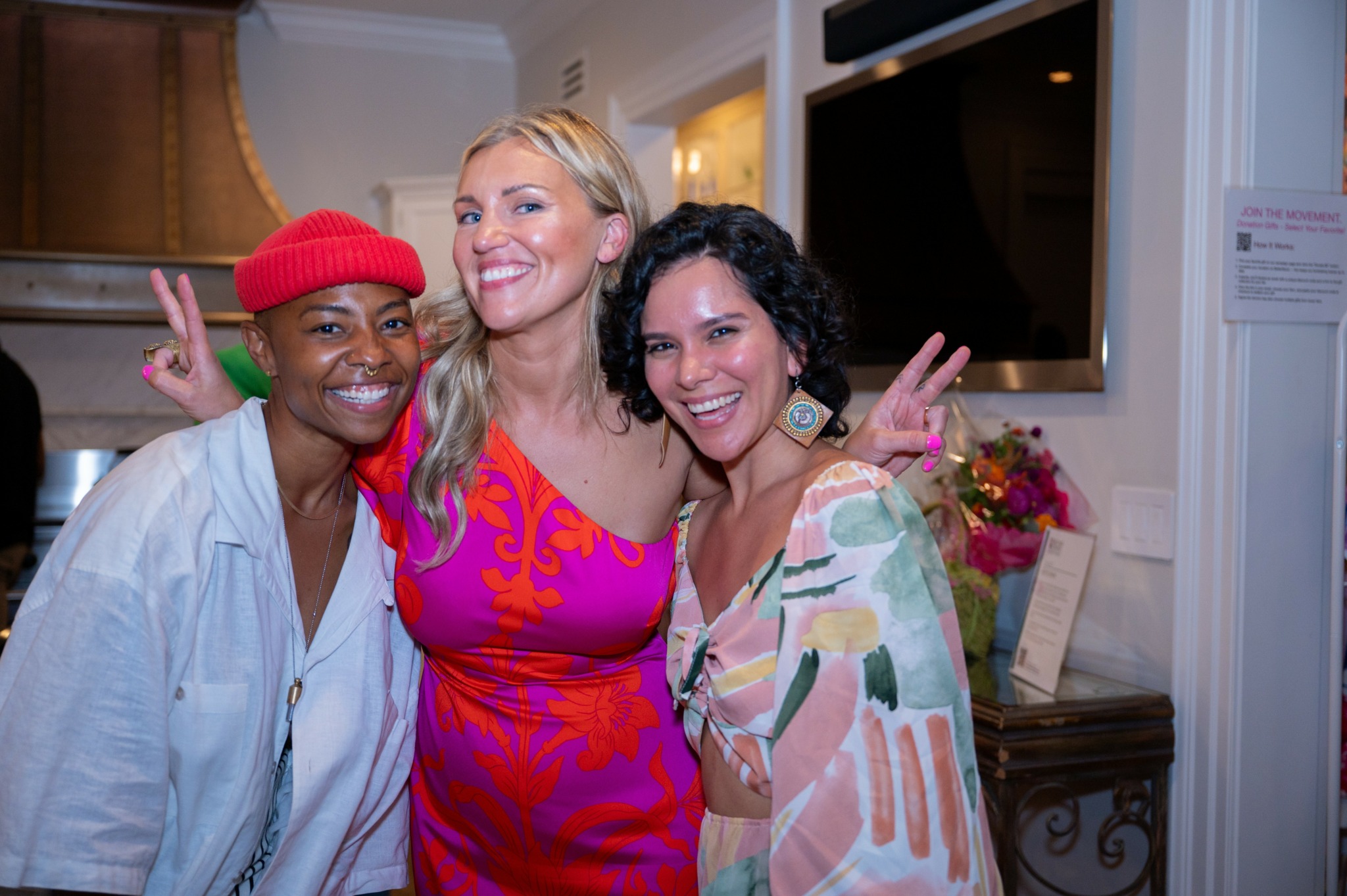
Do you think there is something that non-creatives might struggle to understand about your journey as a creative? Maybe you can shed some light?
Many people believe that only a few are “born creative.” But the truth is, we’ve all experienced creativity; every child lives in that space of wonder, imagination, and play. Creativity is a return to a natural flow state, in which we see the world differently, make fresh connections, solve problems, and generate energy instead of slipping into passive consumption.
At our workshops, I encourage people to let go of the lie that they’re “not creative.” Creativity isn’t reserved for artists; it’s available to everyone. The real skill isn’t in making art itself, but in learning how to tap into creative energy.
That’s where a creative practice comes in. It’s simply the commitment to creating something every day, to exiting the passive consumption-mode for a set time. Be selective about it. Have a sacred space for it. Show up with your tools, ready to be inspired and to inspire others. Over time, creativity begins to trust you. The Muse shows up with new ideas because you’ve shown up first as a reliable conduit for that energy. The more consistently you practice, the more creativity flows through you.
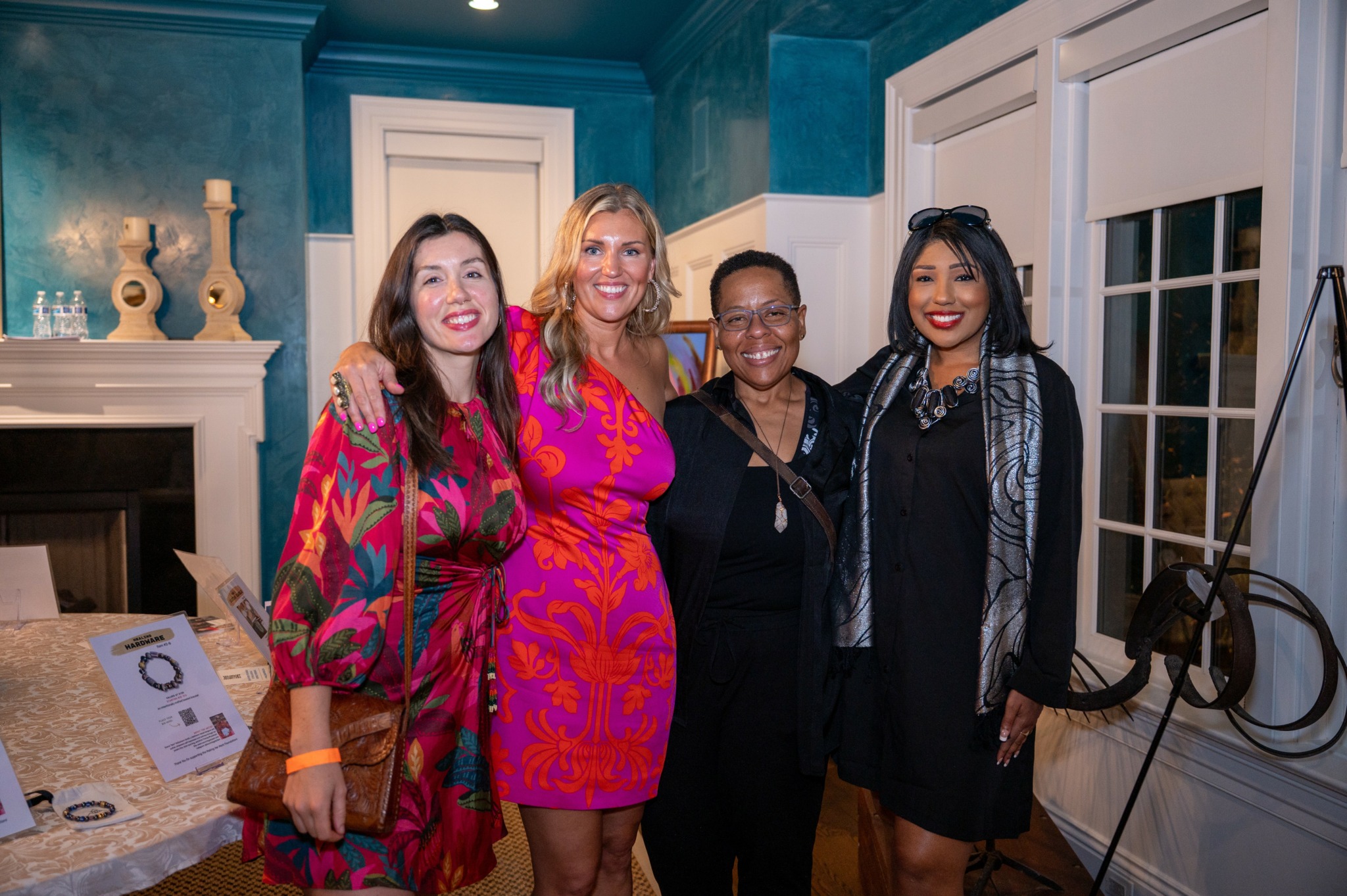
How can we best help foster a strong, supportive environment for artists and creatives?
The climb is still uphill, but research consistently shows that greater creativity in society improves life for both people and the planet. Our current approach to work and education—rigid, inflexible, time-consuming, focused on rote reporting and memorization—has become more destructive than constructive.
I’m proud of my heritage. Finland’s education system offers a different model, one that consistently ranks among the most effective in the world. By valuing nature, play, and hands-on learning, it fosters curiosity and authentic engagement. This openness to creativity allows people to be more fully themselves, and it can transform families, schools, workplaces, and communities.
Society needs to be more open to what artists and creatives can bring into traditional settings. We need spaces that allow for expression and vulnerability, where emotional health isn’t squeezed into outdated models but placed at the center. We should elevate the “emotional infrastructure” of a project, place, or group, because when we make room for creativity and emotional well-being, we create systems that don’t just function, but truly help people thrive.
Contact Info:
- Website: https://makinghermark.org
- Instagram: https://www.instagram.com/makinghermarkfoundation
- Facebook: https://www.facebook.com/MakingHerMarkFoundation/
- Linkedin: https://www.linkedin.com/company/making-her-mark-foundation
- Youtube: https://www.youtube.com/@MakingHerMarkFoundation
- Other: https://www.pinterest.com/makinghermark/_profile/
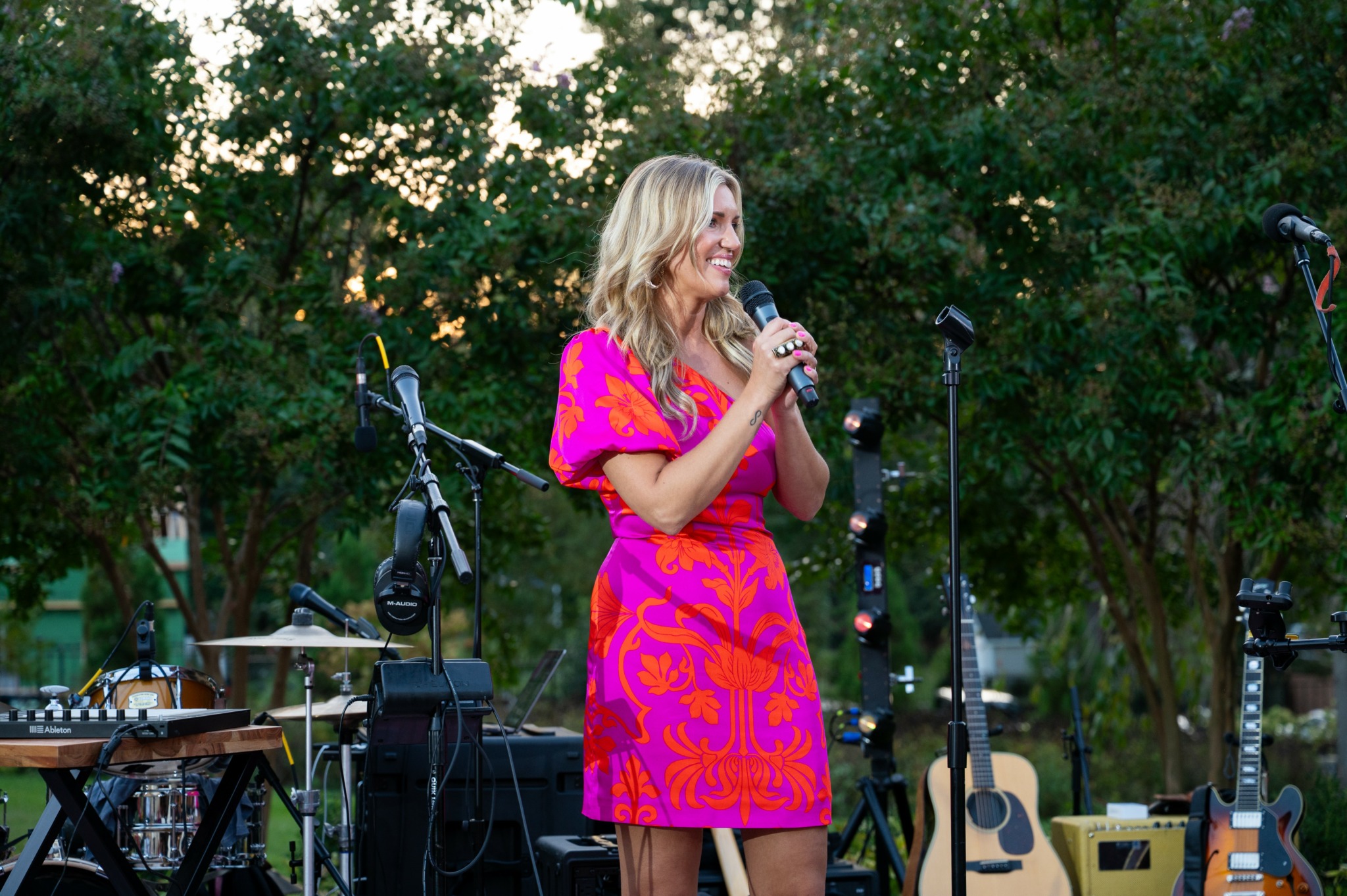
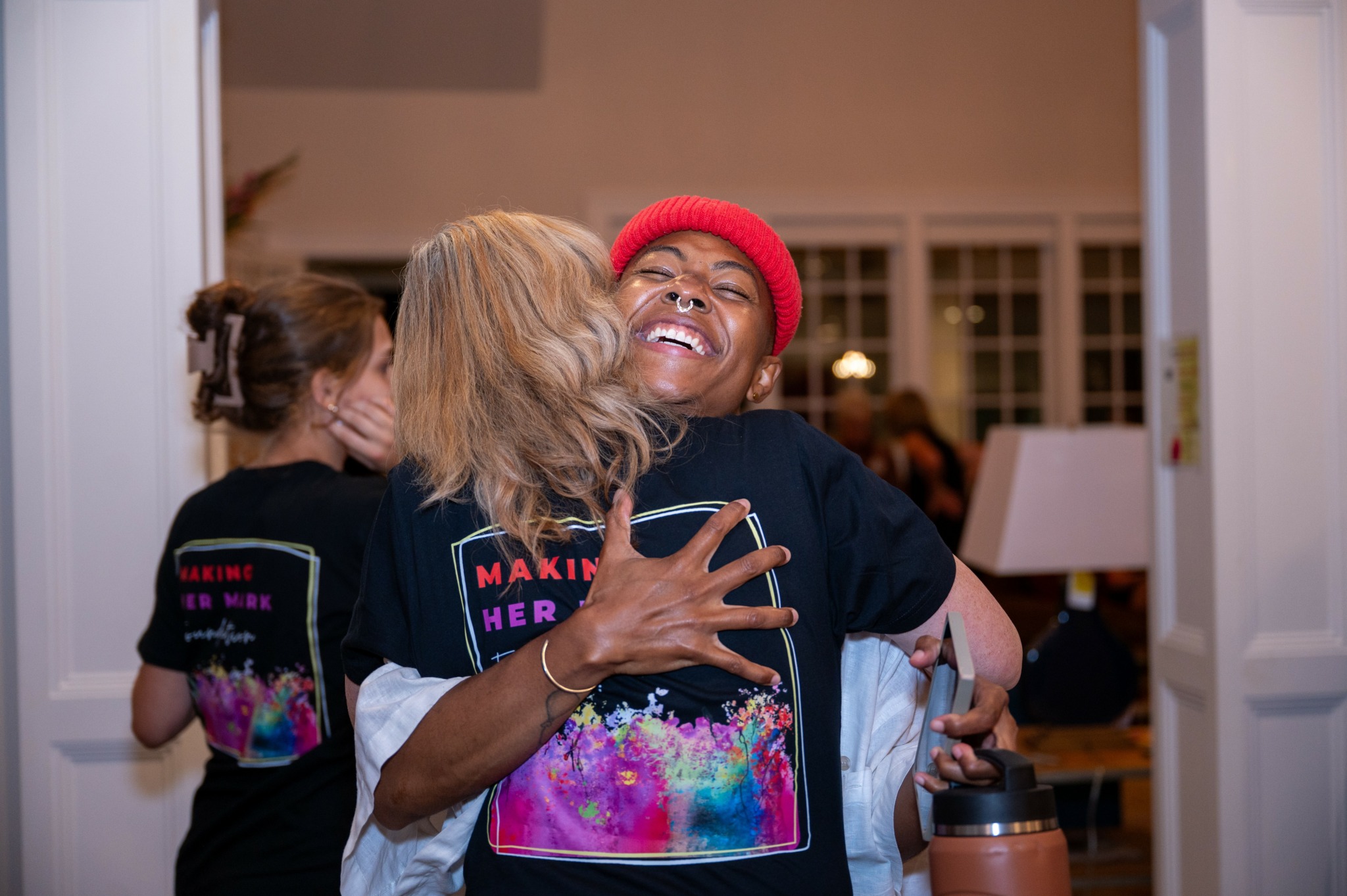
Image Credits
Steve Parke (headshot)
Ruut DeMeo (iPhone images)
Mollye Miller (event)


